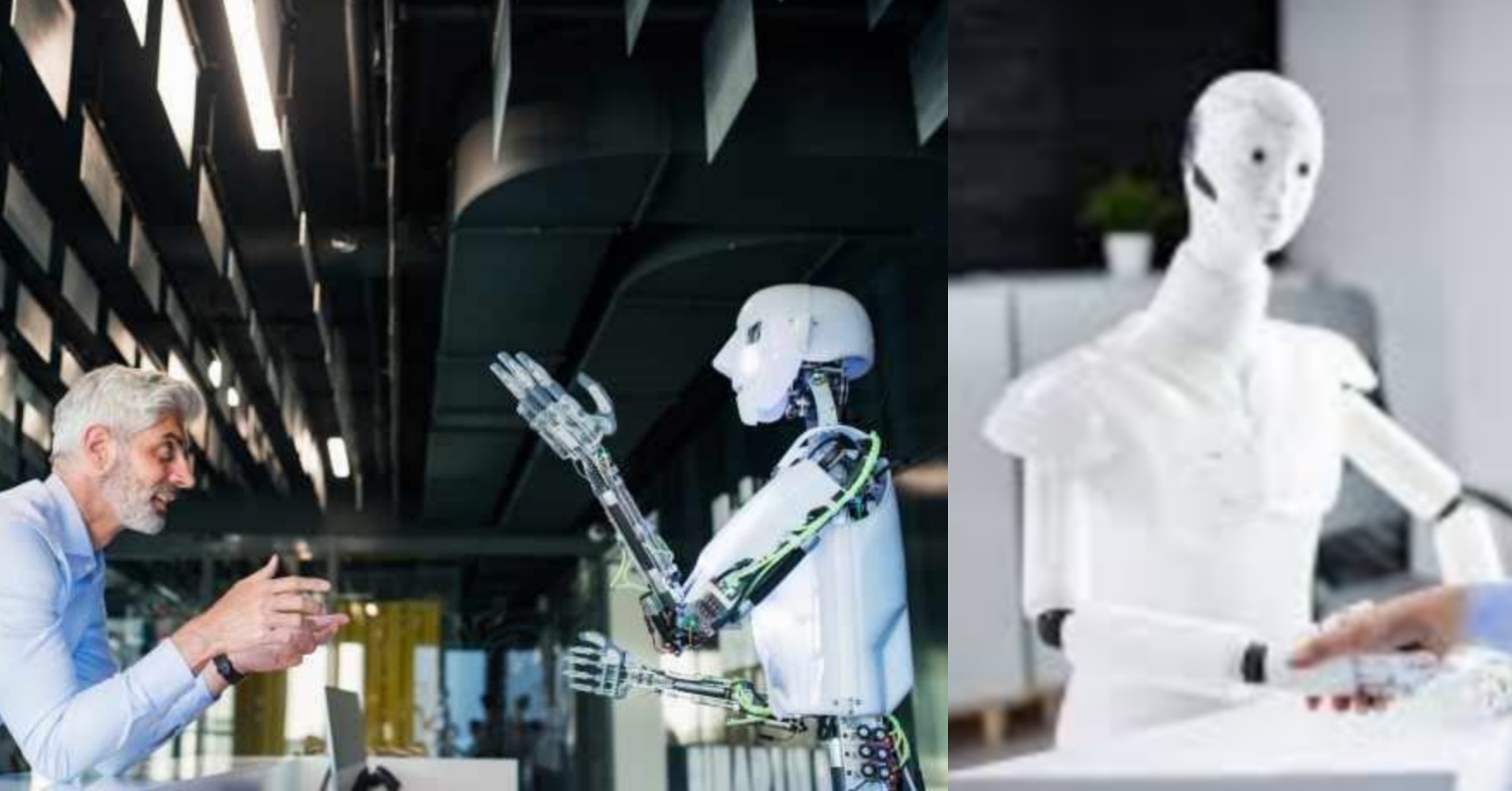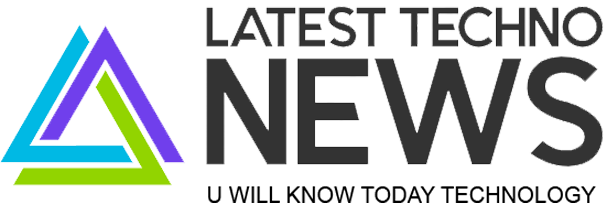
Kelly McKernan said she was “disgusted” when she learned her artwork was being used to train an artificial intelligence system.
Her curiosity drove her to enter her own name into her website, “Have I Been Trained.” On this her website, search for her LAION, a dataset that feeds artificial intelligence (AI) image generators such as Stable Diffusion.
She found over 50 works uploaded on her LAION.
“All of these paintings that I had a personal relationship with and that I traveled with suddenly took on new meaning and changed my relationship with these works of art,” says Tennessee Watercolors and Acrylics. illustrator, says.
“I felt hurt,” she said. If someone could type my name [into an AI tool] to create a book cover without hiring me, it would impact my career and the careers of many others. ”
A new wave of generative AI systems will be trained on vast amounts of data, including text, images, video, and audio files, all pulled from the internet. Content can be created in seconds after a simple text prompt.
But artists like McKernan are fighting back.
McKernan, along with cartoonist Sarah Anderson and illustrator Carla Ortiz, has filed a lawsuit against Stability AI, which operates an online art community DeviantArt with its own generator called Stable Diffusion, Midjourney and DreamUp. .
It follows a growing number of lawsuits against AI companies investigating copyright issues.
Earlier this year, Getty Images filed a lawsuit against Stability AI, accusing it of illegally copying and manipulating 12 million images of the company without permission. Eva Turenent, an artist who mainly creates creature designs, monsters and fantasy illustrations, after visiting the gallery, found similarities to her own work, what she calls “corrupted versions.” He said he became concerned about AI after seeing it and being surprised. ”. .
“I remember thinking, ‘If this can happen on a small scale, it can also happen on a large scale,'” says the artist from Zandvoort, Holland. Concerned that artists were not protected, she founded the European Artificial Intelligence Regulation Regulation along with her five other artists.
“The goal is to have laws and regulations to protect copyright holders and artists from predatory AI companies,” she says.
McKernan agrees that more regulation and protection for artists is needed. “As it stands, copyright only applies to my entire image. I hope this lawsuit (lawsuit) will help protect our artists so that AI is not used on our behalf. We can win.” I hope that many artists will be paid, because this is unpaid work, and some benefit from exploitation.”
In December, Stability AI announced that artists could opt out of Stable Diffusion’s upcoming releases, a statement that was offensive to artists who thought they should be “opted in” by default.
Turenent says:
“First of all, I wasn’t going to put my work into it. But it should be an opt-in option if the artist wants it. If I am the owner, I am the one who decides what happens to my art. ”
Stability AI said it could not comment on the ongoing lawsuit, but in December 2022 CEO Emad Mostak tweeted that future models would be “fully licensed.” bottom.
According to performing arts and entertainment union Equity, AI is becoming an increasing threat to artists. “There are legitimate concerns,” said Liam Budd, Equity’s audio and new media industry president.
He says the current rights framework for artists does not reflect the business opportunities of generative AI.
Budd said artists could receive a lump sum of £300 to have their images and sounds recreated using AI, but the original work could be played thousands of times. Or it could have been used millions of times, with no financial gain for the artist.
“We need legal clarification and are working hard to update our copyright law,” he said.
Last year, Equity launched a toolkit designed to help artists understand the issues and protect themselves.
Countries are scrambling to respond to these new and powerful forms of AI.
The EU appears to be taking the lead, with a proposed EU AI law requiring AI tools to disclose copyrighted material used to train their systems. A world summit on AI security will be held in the UK this fall.
“AI raises a lot of intellectual property issues. Machines are trained on a lot of data and information that is protected by intellectual property, so it is difficult for users and AI (companies) to understand it. I don’t know if there is,” said intellectual property attorney Aarti Rajendra. Property and Partner of Osborne & Clark LLP.
“The Court has not yet been asked to rule on this matter, but there are several lawsuits in the UK and US, including Getty’s, to determine whether there has been infringement and who is responsible. There are also privacy and moral issues.Hey, some kind of settlement could be reached and maybe some royalties.”
She said there have been numerous lawsuits by photographers who have resorted to petty allegations. What can other artists do in the meantime?
Rajendra said the photo giant Getty watermarked her images. Therefore, even when used in a generated AI image, the watermark will be visible and allow tracking of image usage. Artists can do the same, she said.
Artists can also approach AI companies to demand royalties, and if they disagree, they can take legal action through small-claims trackers, which are cheaper than high-end law firms, she said. As regulators catch up, some tools are emerging to protect artists.
In March, University of Chicago computer science professor Ben Zhao and his team launched a free software tool called Glaze to protect artists from generative AI models.
Glaze takes advantage of the fundamental difference between how a human and his AI model see images, Zhao says.
“For each image, we can compute a small set of pixel-level changes that dramatically change the way the AI art model ‘sees’ the art, and also introduces visual changes in that way. ’” he says.
“If an artist glazes his art, and that art is used to teach a model how to imitate it, then the model will find a misrepresentation of the artistic style, and the imitation will be unhelpful and unsuitable for the artist. No.”
According to him, Glaze has a wide range of artwork, including black and white cartoons, classical oil paintings, flat art his style, and professional photography. He said Glaze has been downloaded 938,600 times and the team has received thousands of emails, tweets and messages from artists around the world. “The response has been overwhelming,” he says.
Turenent is optimistic that artists may win this battle. “At first I was pretty horrified by the amount of harassment online, but it was also because we are united and have a great support network to help us deal with all this chaos.”
“We know we are going in the right direction. Public opinion has changed a lot. Originally, people were saying, ‘I’ll be fine or I’ll die,’ but now everyone’s saying, ‘Oh wait, that’s not cool.
